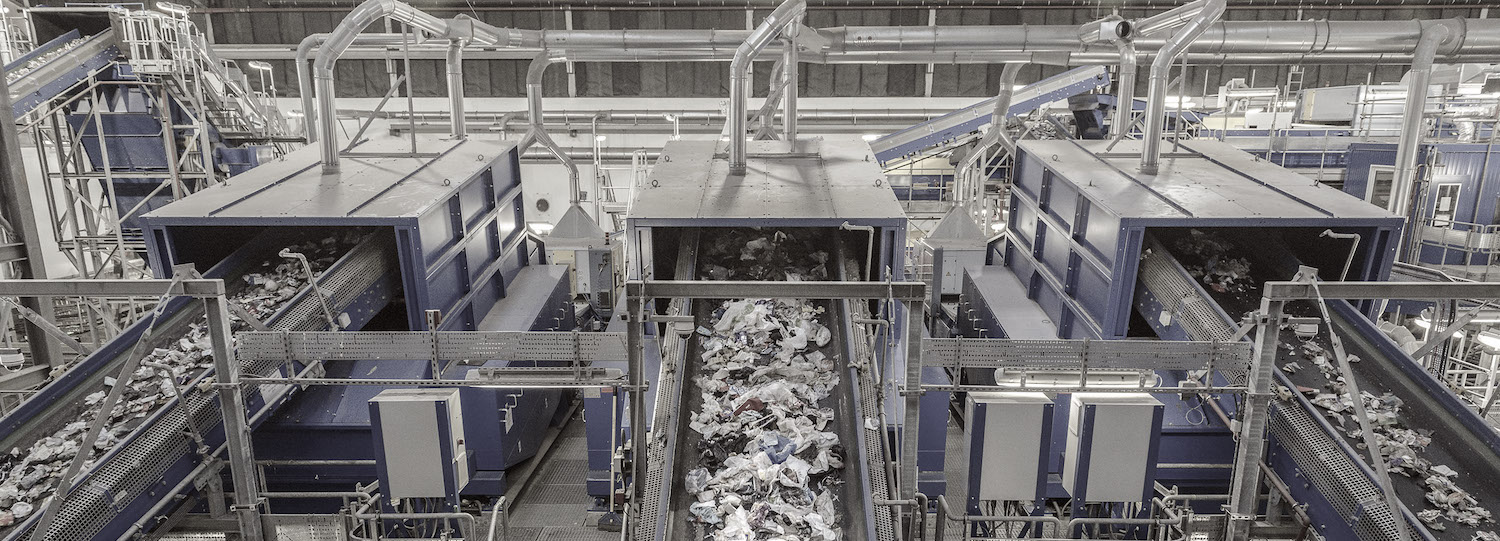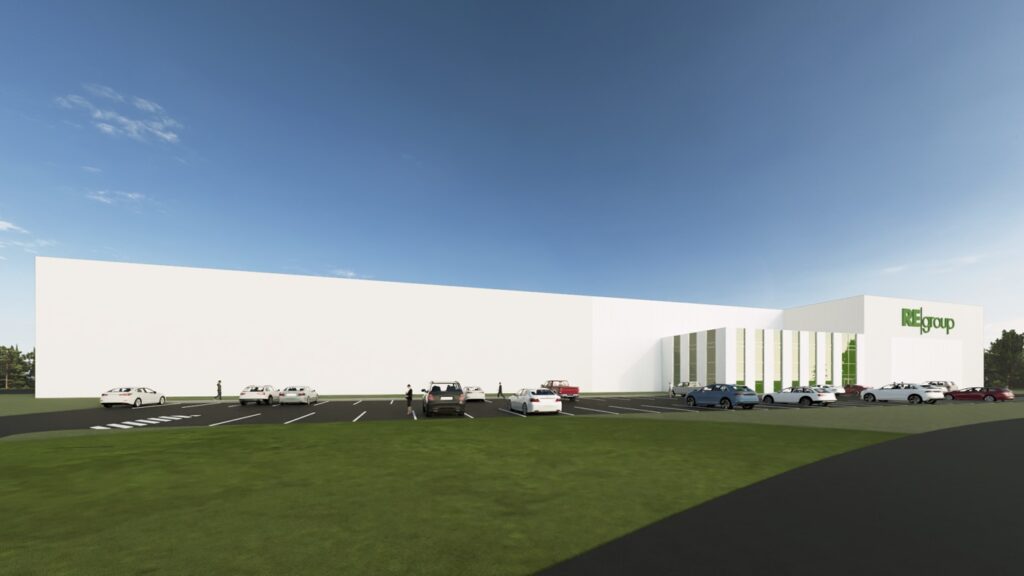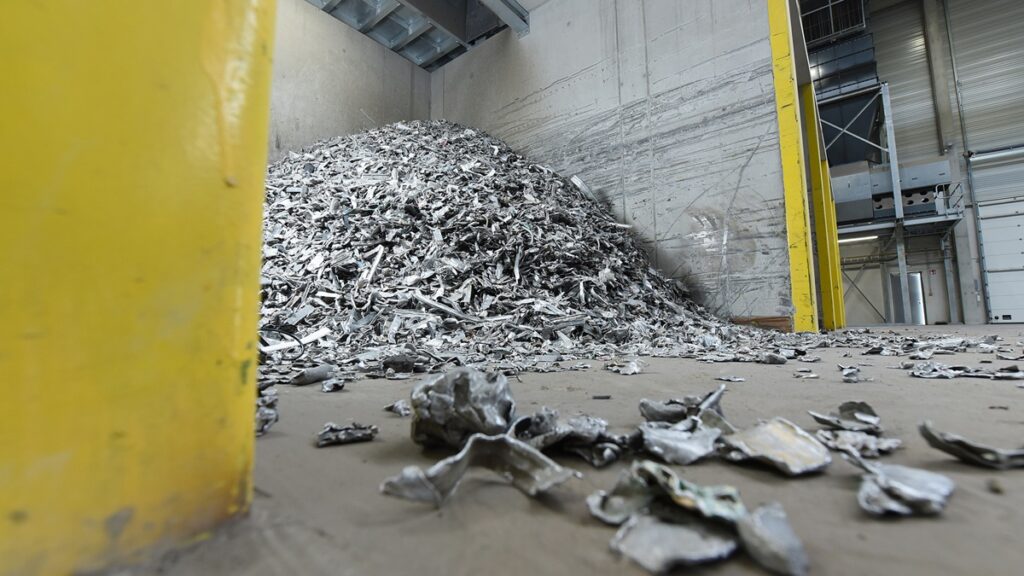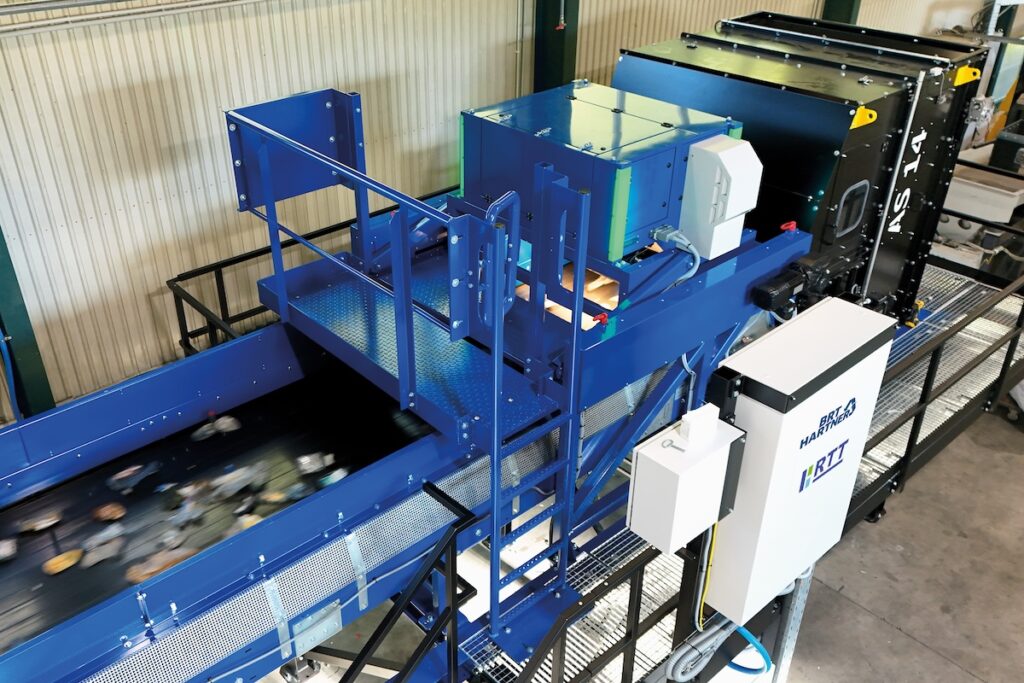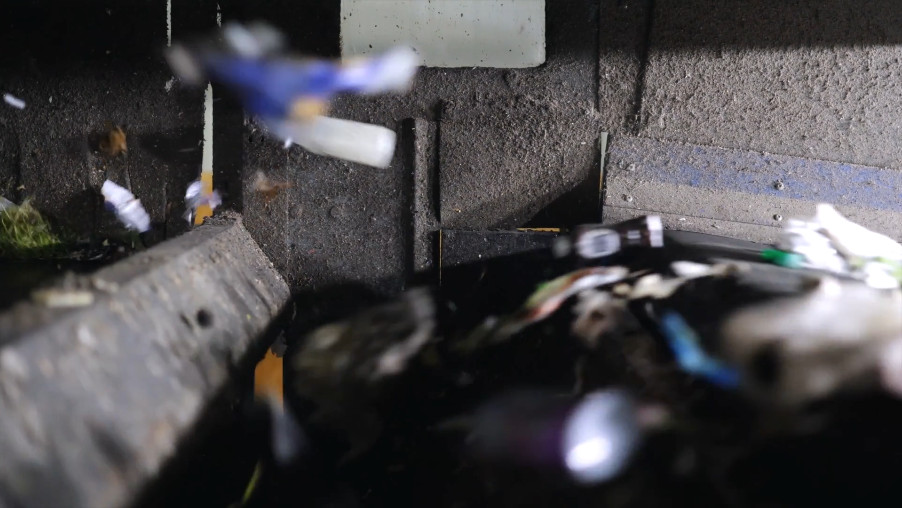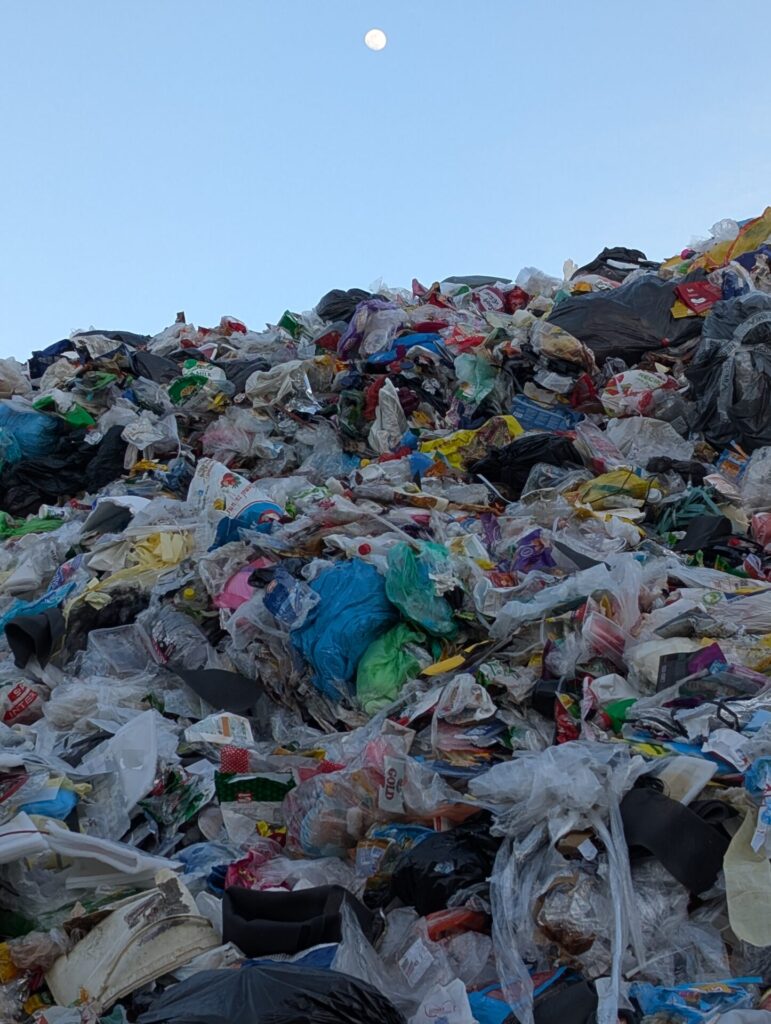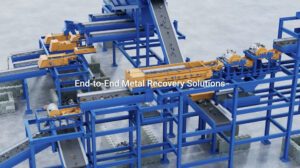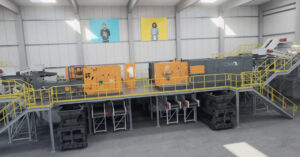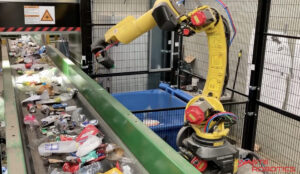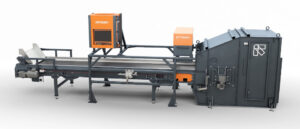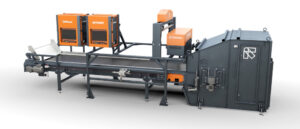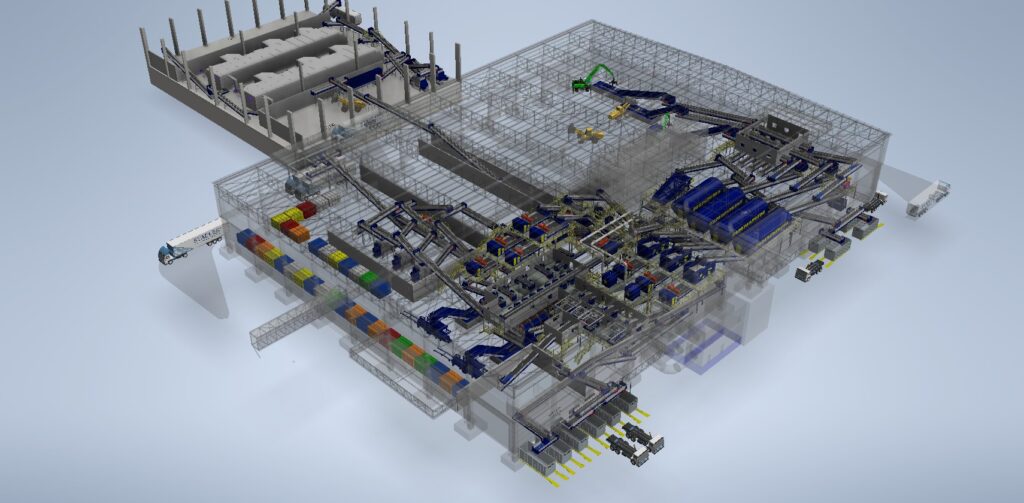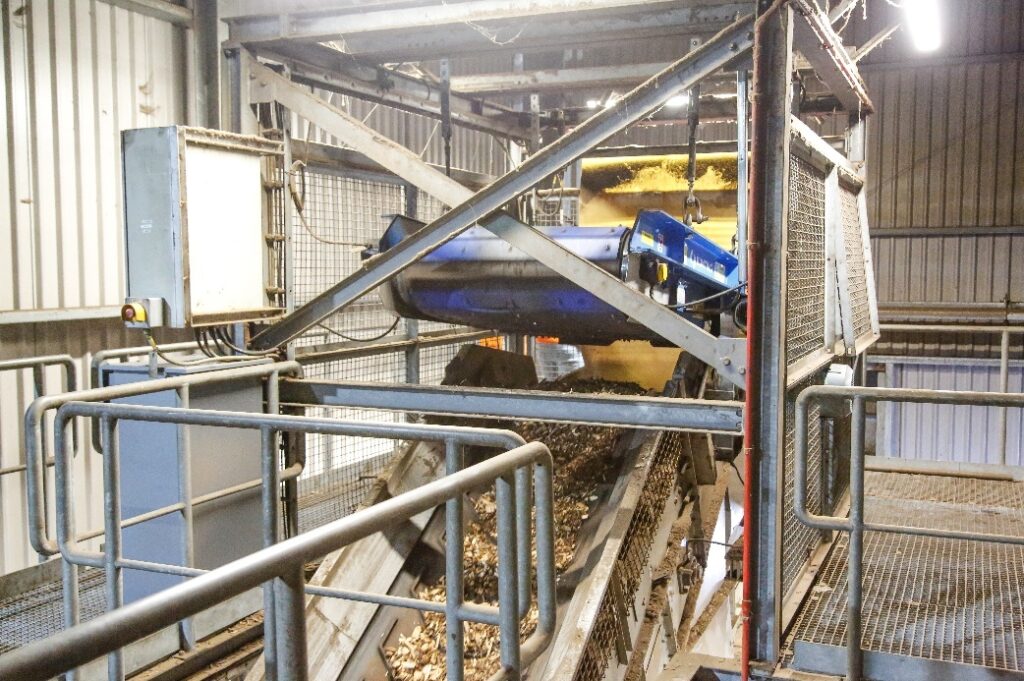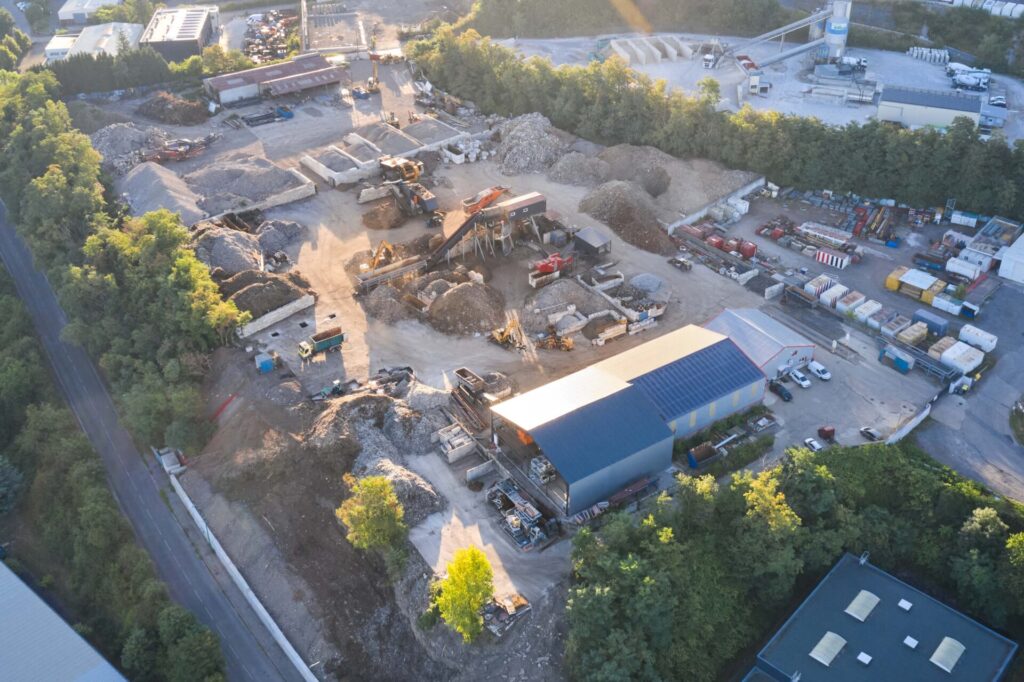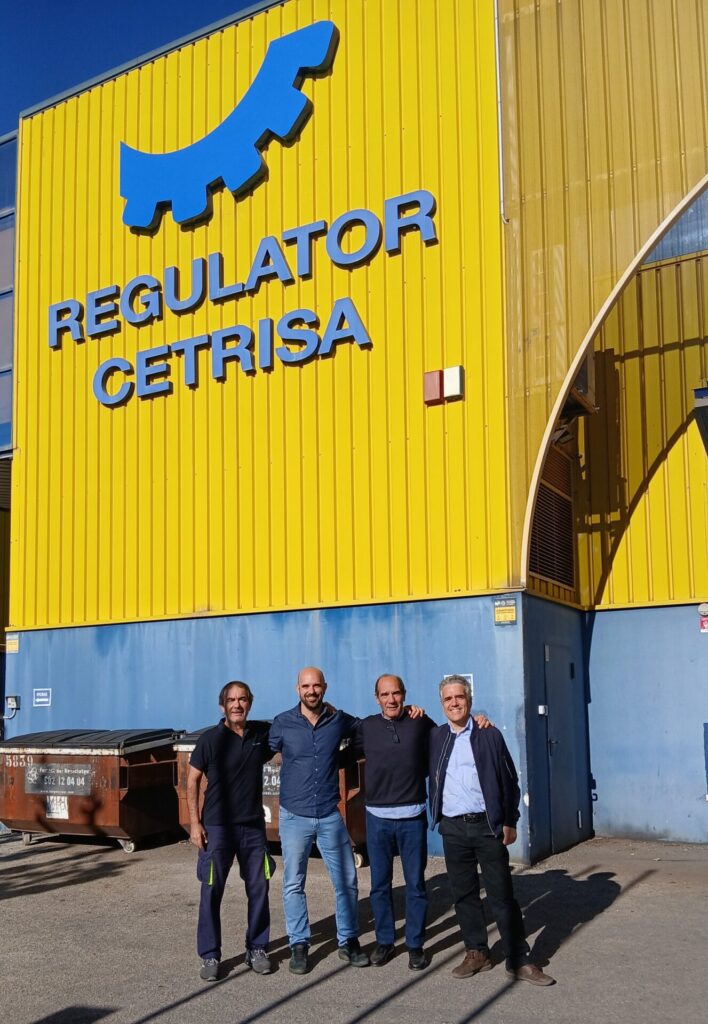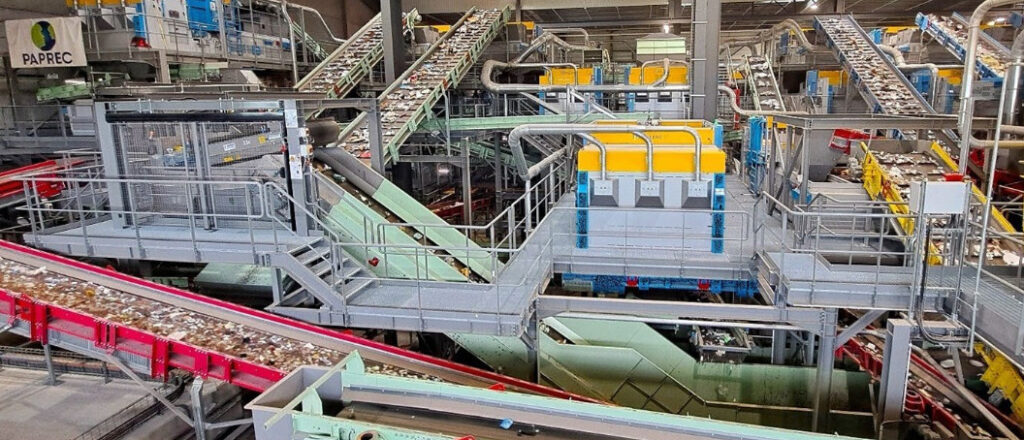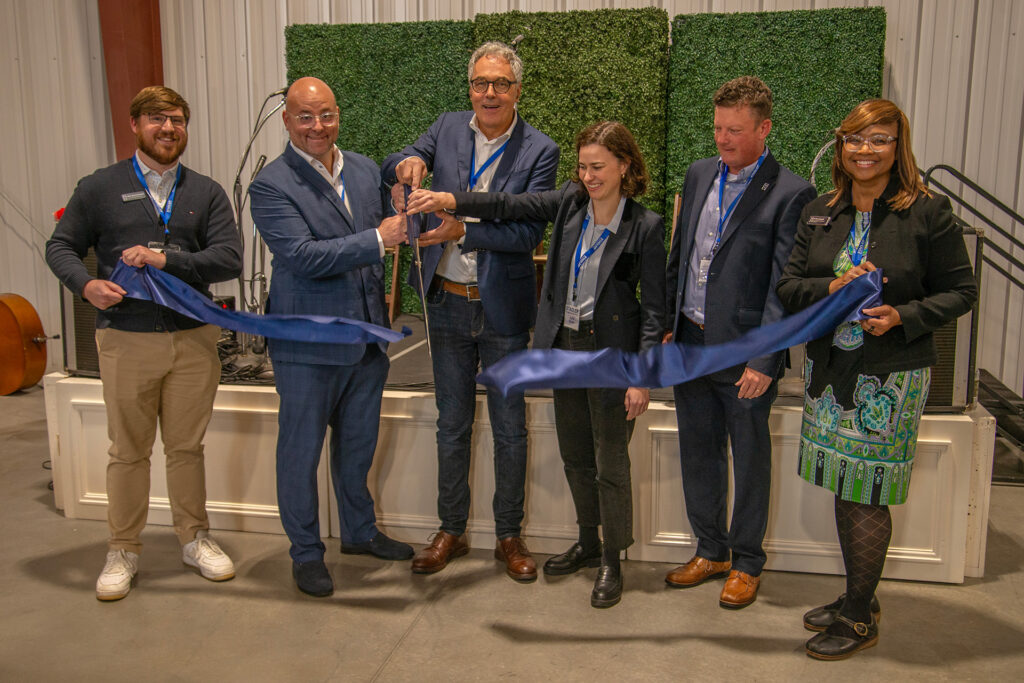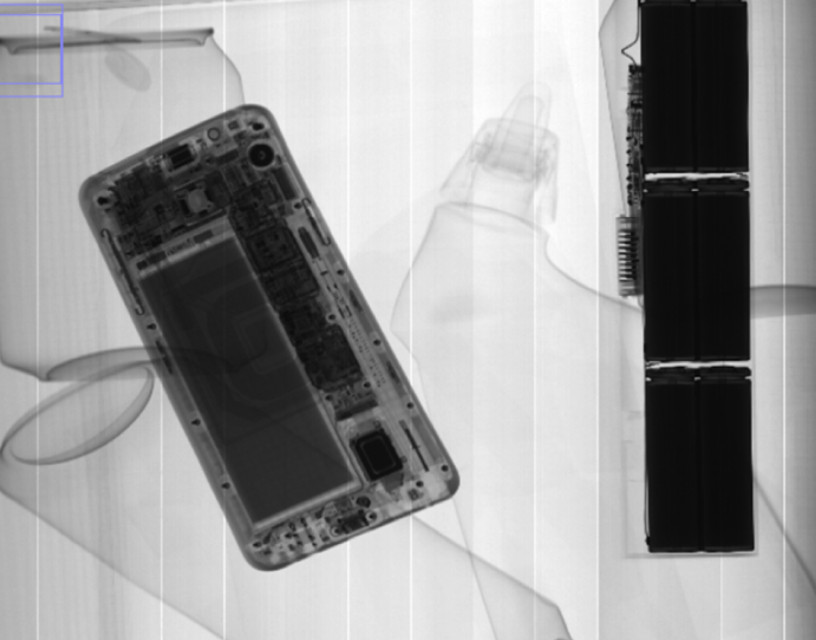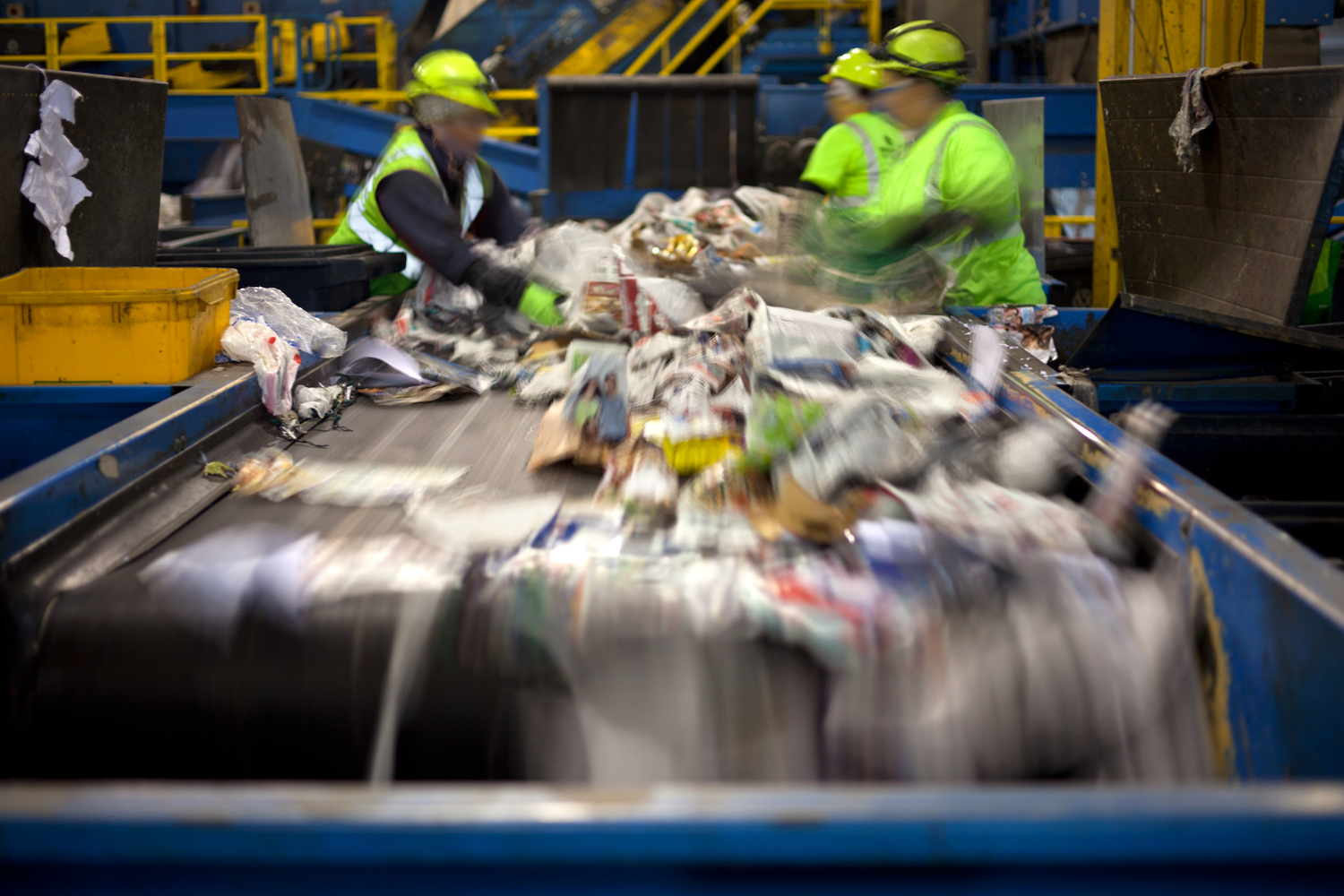Separation and Sorting Technology
Our latest E-mail campaigns for Separation and Sorting Technology
- Insights on Separation and Sorting Technology October 30, 2025
- Insights on Separation and Sorting Technology August 21, 2025
- Insights on Separation and Sorting Technology June 5, 2025
- Insights on Separation and Sorting Technology March 20, 2025
Experts for Separation and Sorting Technology

Eric van Looy
Sense2Sort - ToratecnicaEric van Looy has been active in the recycling industry for over three decades and is regarded as a pioneer in the development of sensor-based sorting technologies. As a technical engineer, he has played a key role in shaping advanced sorting solutions aimed at making recycling more sustainable, efficient, and accurate. Since 2006, he has been deeply involved in the use of automated spectroscopic methods such as X-ray fluorescence (XRF) and laser-induced breakdown spectroscopy (LIBS), collaborating early on with Tom Jansen. Today, the second generation of LIBS sorters from Sense2Sort enables high-throughput, multi-fraction sorting (up to six fractions) with precise identification of the elemental composition of each individual metal piece. Sense2Sort–Toratecnica focuses on the development of future-ready, resource-efficient, and industrially robust sorting technologies. Eric is currently participating in several EU-funded projects, including the development of novel sensor-based sorting systems and a groundbreaking compressed air management solution that can achieve up to 50% savings in air and energy use. A significant new development is the renewed collaboration with Andreas Weingart and his team—trusted partners from previous successful ventures. Together, they are combining their expertise and technological strength under the to be established Sense2Sort GmbH. In addition to his development work, Eric continues to consult on the design and implementation of advanced sorting plants worldwide, always striving to combine ecological responsibility with economic performance.

Charles Daridon
Bollegraaf GroupCharles Daridon is the Director Global Sales of the Bollegraaf Group. Charles was born in Bretagne but has been living in the Netherlands for several years now (since 2018). After a BSC in Chemistry, Charles attended a business school INSEEC in Paris. For more than 25 years, Charles has worked in the waste industry (soil remediation engineering, landfills, wastewater treatment, biogas plant) and, in the last 15 years, he became an expert in waste sorting solutions. His environmental commitment is not only professional but also personal.
Xu Xifeng, the founder of Keson and vice president of Jiangsu Low Carbon Environment Design Institute of China. He has been engaged in solid waste recycling industry for more than 10 years, and has unique insights on solid waste overall solutions and resource recovery and sorting systems. He has visited well-known solid waste treatment companies in the Middle East, Europe, America and other regions, introducing standardized, refined and systematic management concepts of global top enterprises to his enterprises, and transforming advanced technologies and processes into productive forces. Within five years of solid waste sorting technology and waste resources in the field of rapid layout, his products are sold in 17 countries and more than 40 regions.
Born in Valencia, Spain but living in Barcelona since 1991, Seguí studied informatic engineering. After finishing his bachelor’s degree, Seguí started a new technological project alongside his father and brother. This family-project evolved during the years and is now our company: PICVISA. The company started as a project for quality control through artificial vision in industrial processes. In fact, PICVISA’s first client was a ceramic company who wanted to check which tiles weren’t good enough to sell. It was between 2004 and 2006 when the company entered its current sector: optical sorting for the recycling and waste management companies. In the company, Seguí has held different positions. He first started developing the software needed to start the PICVISA project but soon began to lead some of the most strategic clients and partners of the company. With the company entering the recycling sector, Seguí took the role of Technical Director. During these years, PICVISA grew exponentially in the national market being the only Spanish manufacturer of optical sorters and also starts selling internationally, mostly in the EU and in North and South America. In 2017, with the company modernization and restructuration, Seguí became PICVISA’s CEO, a title he still holds today.

Olli Heinonen
Tana OyTana Oy’s Vice President of Sales and Marketing Mr. Olli Heinonen has a strong knowledge of global sales and heavy machinery business. Prior to his current role, Olli was the Director for a consumables product line at Metso Outotec and Metso. At Tana Oy, Olli is responsible for overseeing the sales and marketing efforts, ensuring that the company's products meet the evolving needs of customers in the waste management industry. His leadership contributes to Tana's strong growth path and the mission of delivering innovative and efficient solutions that help manage waste sustainably.

Ankit Kalola
Fornnax Technology Pvt. LtdMr. Ankit Kalola serves as the Global Head – Sales at Fornnax Technology Pvt. Ltd, where he has played a pivotal role in shaping the company’s sales strategy and global footprint. A seasoned expert in shredding systems and end-to-end recycling solutions, he excels in building client-centric approaches, driving market penetration, and aligning technical solutions with customer needs. His strategic direction has significantly contributed to Fornnax’s success across diverse industries and geographies. Mr. Kalola’s leadership continues to fuel growth, innovation, and long-term partnerships worldwide. For further information or to connect with Mr. Kalola, please reach out at +91-9033077711 or email: info@fornnax.com.

Tom Jansen
TOMRA RecyclingAfter studying Chemical Engineering at the Technical University of Eindhoven, the Netherlands, Tom started working as Sales Engineer at Innov-X Systems. He initially focused on selling handheld XRF equipment in the Benelux, while gradually extending the geographical territory over the years. From 2007 he was heavily involved in the pioneering of automated XRF sensor technology, bringing this new technology to the metal scrap market worldwide. Tom joined TOMRA Sorting (then Titech GmbH) in 2011 as Sales Manager responsible for the Metal Recycling market in the Netherlands and Belgium. Since then, in his role as Segment Champion for the ELV shredder segment, he has also supported the metal recycling market in the Middle East region, Italy, Greece and projects in several other countries.

Maximilian Gutmayr
Erdwich Zerkleinerungs-Systeme GmbHMaximilian Gutmayr, international sales manager at Erdwich Zerkleinerungs-Systeme GmbH since 2017, is an expert for shredding systems, hammer mills as well as complete recycling solutions. After studying Economics at University of Augsburg and different stations abroad, e.g. Japan, Switzerland, etc. he joined the company Erdwich Zerkleinerungs-Systeme GmbH and is now responsible for worldwide projects and the constant business development. The company Erdwich Zerkleinerungs-Systeme GmbH has experience in the recycling branch since more than 40 years and delivers shredding solutions and turn-key recycling plants to customers all over the world, e.g. electronic scrap treatment plants, refrigerator recycling plants, solutions for metal swarf treatment, cardboard processing, and many more applications. The worldwide demand for recycling solutions in the environmental branch and of course the changing material mixtures increased over the last years drastically especially in Asian countries where Mr. Gutmayr is an expert in. You can contact Mr. Gutmayr by phone +49(0) 8191965240 or via email: m.gutmayr@erdwich.de for further questions.

Joe Cetti
Bunting MagneticsJoe Cetti specialises in providing recycling companies with support and advice on metal separation and recovery. Since the early 1990s, Joe has supported recycling companies and has witnessed the evolution of metal separation and detection technology. During site visits, Joe draws on his extensive experience to assess and then propose the optimum solution for any given application. Recent projects include an ElectroStatic Separator for blue chip British company, and an Eddy Current Separator for an eWaste recycling projects.
Separation and sorting technology innovations in waste handling and recycling operations
If there is one part of the recycling process that is complicated and hard, it is the part of separating and sorting the recyclables. Effective recycling relies on effective and efficient sorting. Separating the different elements found in waste streams is crucial for recovering valuable materials, minimizing the amount of material sent to landfills, and allowing recyclable materials to find a new purpose. There is a wide range of sorting and separating technologies on the market today. This Technology Zone offers an insight into the latest innovations in separation and sorting technology.
